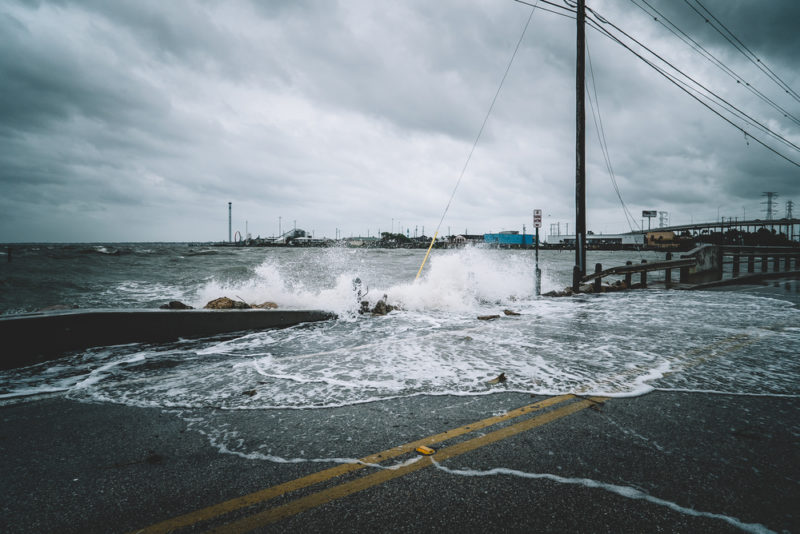NARUC releases guide for consumers on natural disasters and utilities

The National Association of Regulatory Utility Commissioners (NARUC) recently released a guide that aimed to educate consumers on managing natural disasters and the impact of such events on their utility services
NARUC’s Committee on Consumers and the Public Interest prepared the guide, titled “Consumers and Catastrophes: Understanding the Impact to You, Your Family, and Your Utilities.”
“The Consumers and Catastrophes Guide is a resource for consumers, government and community agencies and other stakeholders who provide support to consumers as they prepare for and respond to emergencies,” Maida Coleman of the Missouri Public Service Commission, who chairs the committee, said. “It is distinguishable from existing emergency preparedness resources in that it focuses on the impact natural disasters and emergencies have on utilities. This guide will empower consumers by removing the uncertainty and sense of being overwhelmed as they make emergency preparedness plans for themselves and their loved ones.”
The guide is organized by disaster type and features checklists for preparing before a disaster, safe action to take during the event and what to do after weather emergencies. Nine appendices provide additional resources, including information on how to shut off utilities, emergency alerts and warning systems, how to develop emergency plans, food safety and how to assemble emergency kits.
“Most people know it is important to be prepared for emergencies; the difficulty lies in knowing where and how to start emergency planning and knowing what to expect,” NARUC President Nick Wagner, a member of the Iowa Utilities Board, said. “Public safety is a concern for all utility regulators. I am pleased NARUC is helping to educate the public on preparedness and leading the discussion on the impact disasters have on utilities.”
NARUC noted that state regulatory commissions as well as stakeholders and other agencies can choose specific disaster sections from the guide to use for consumer education on the weather emergencies regions most relevant to their regions.
